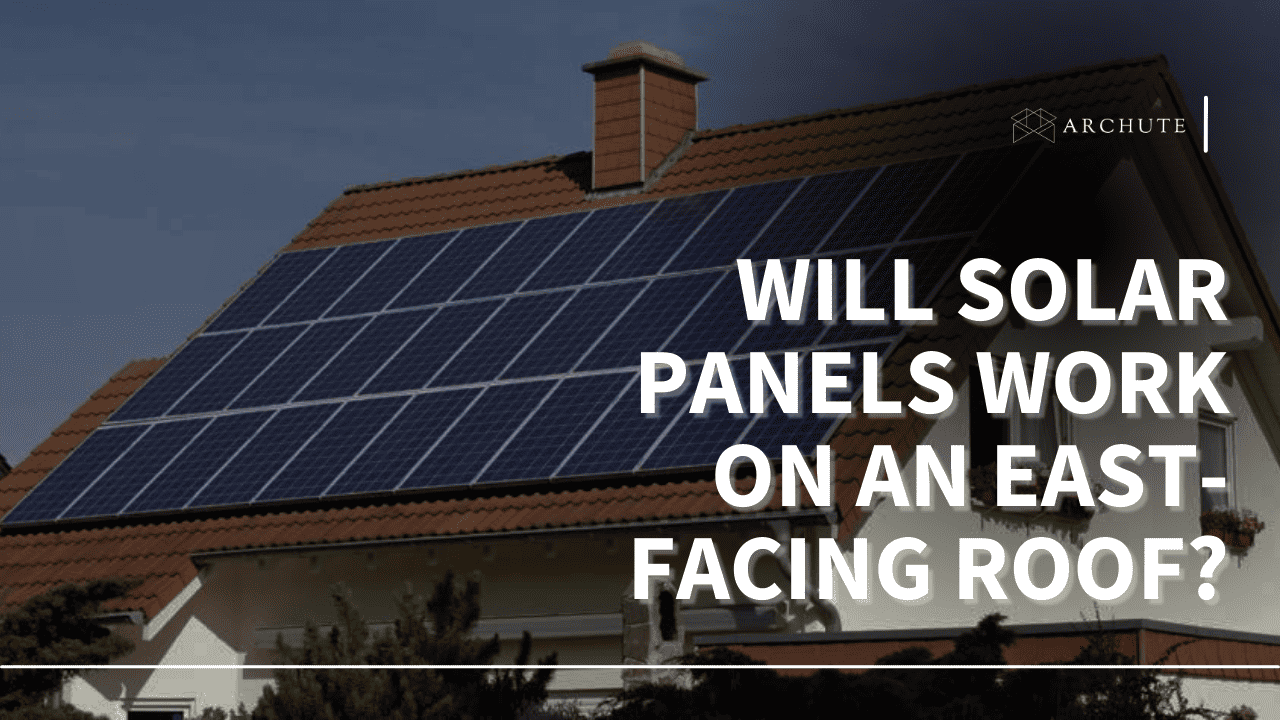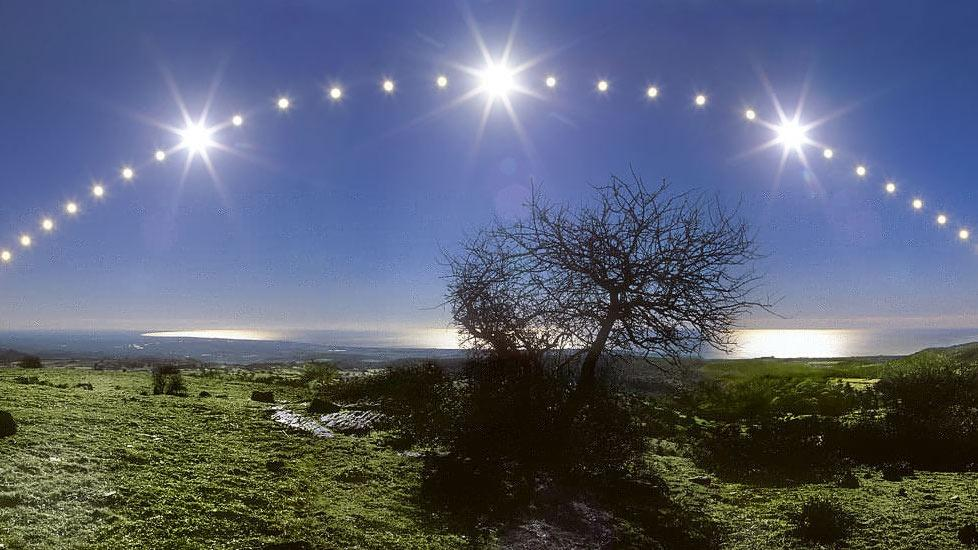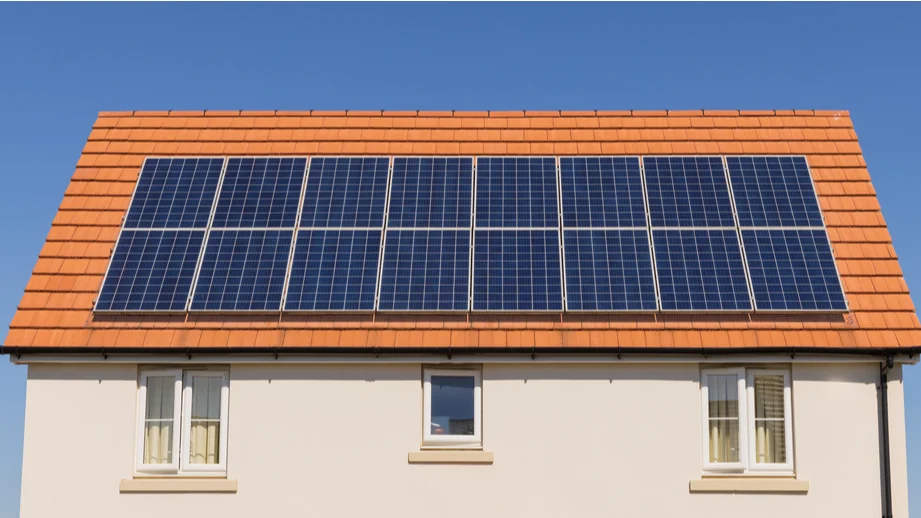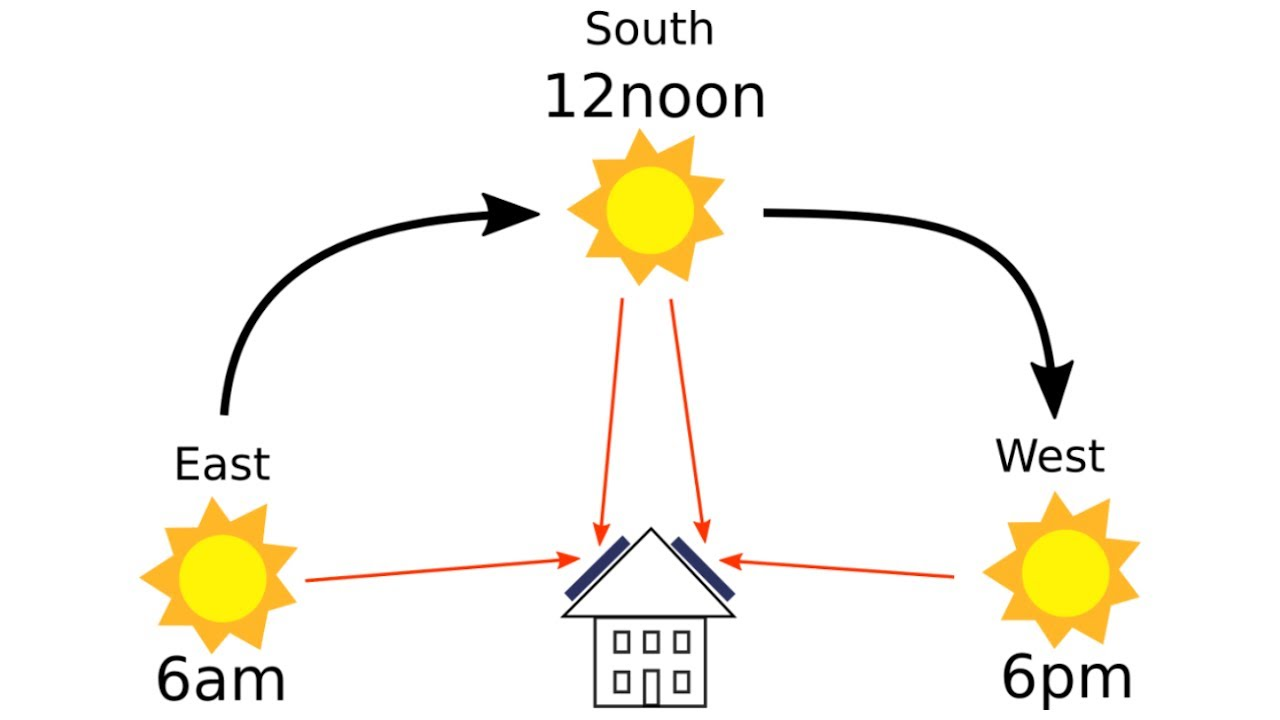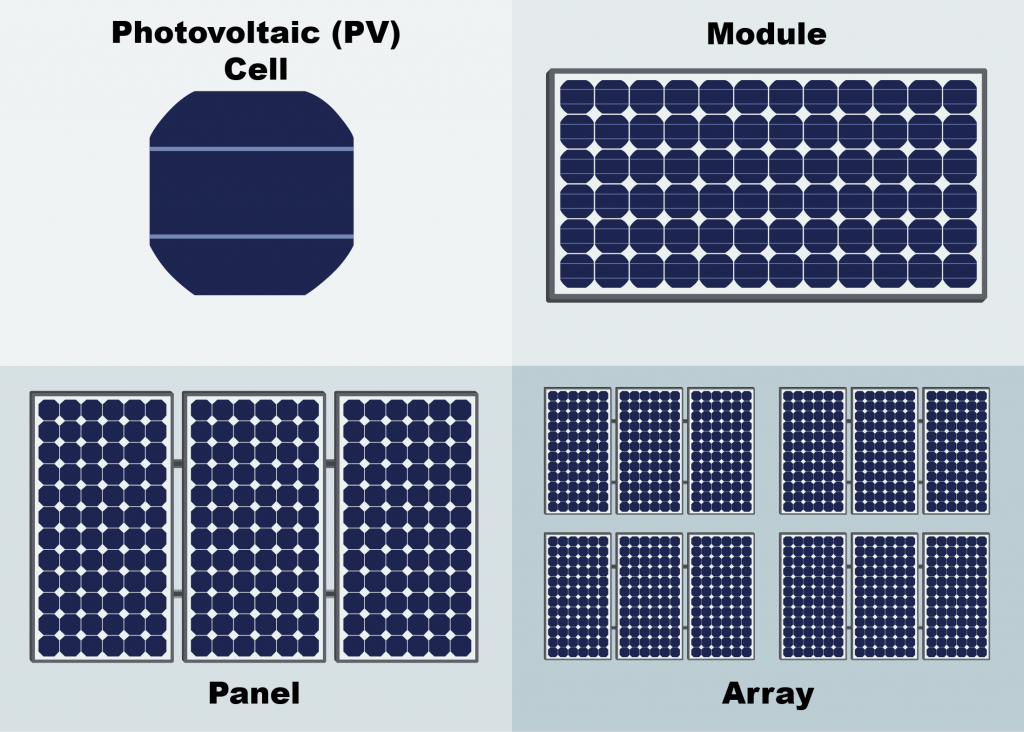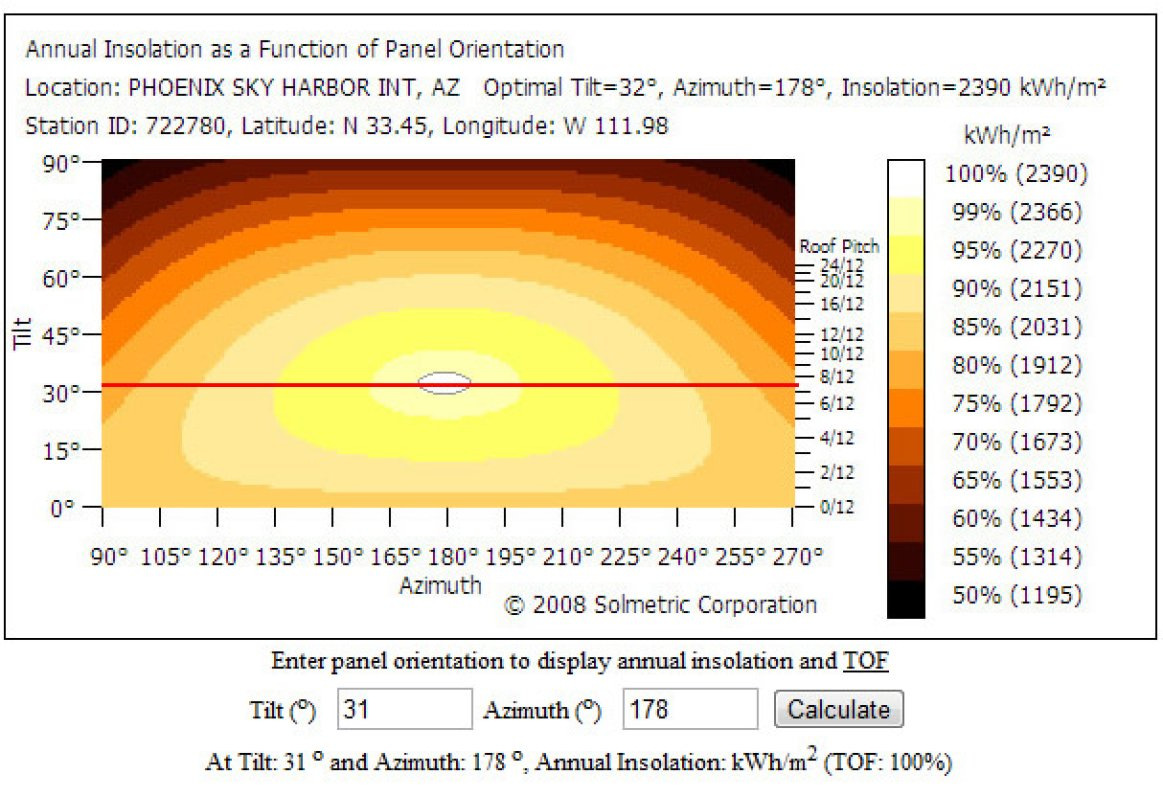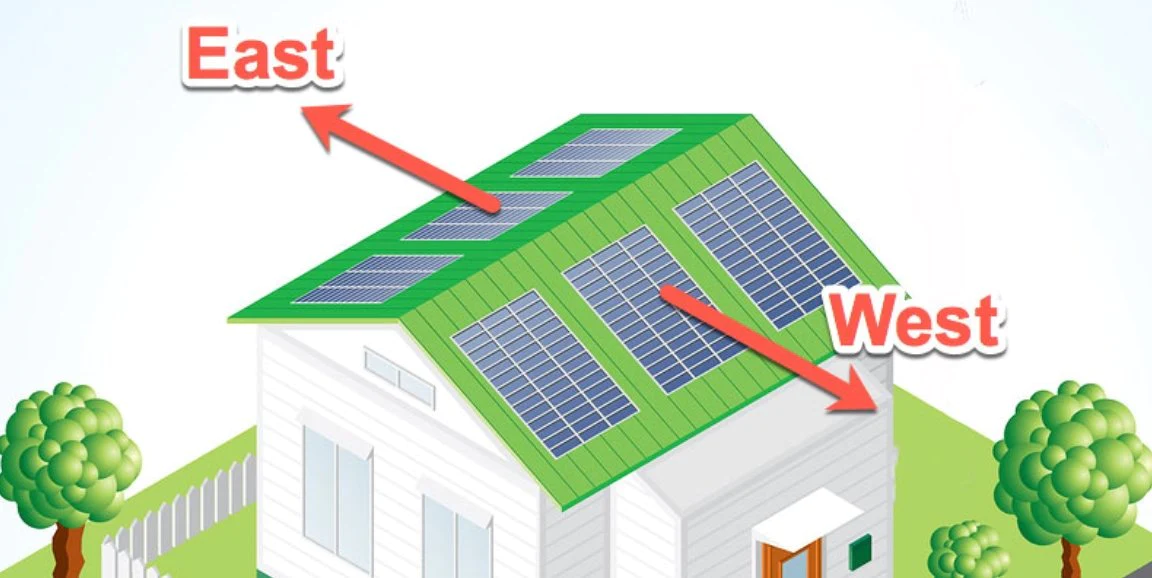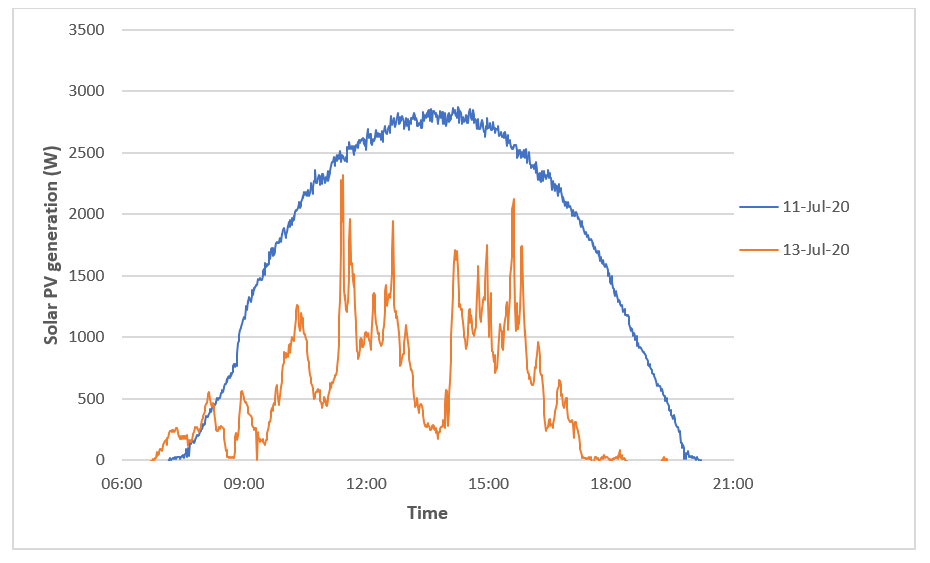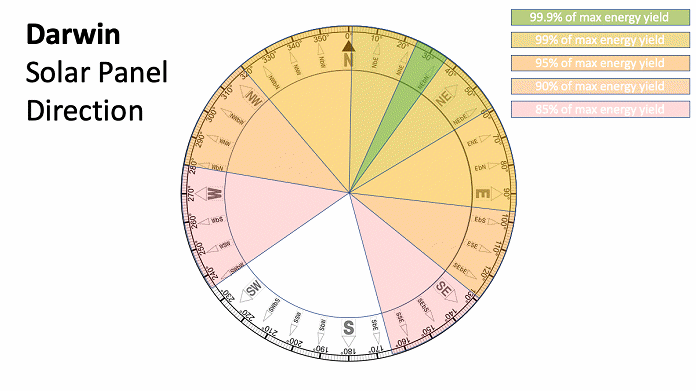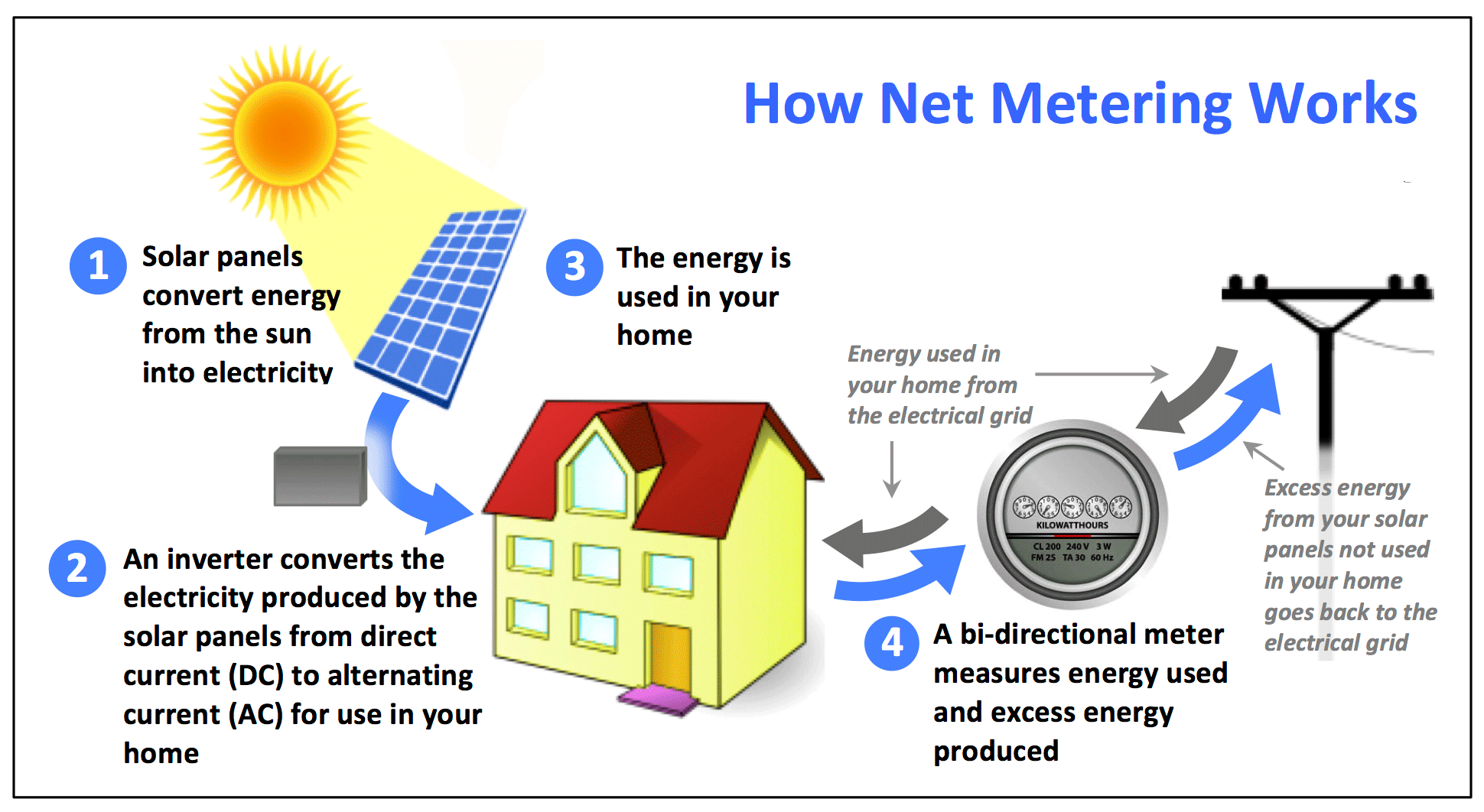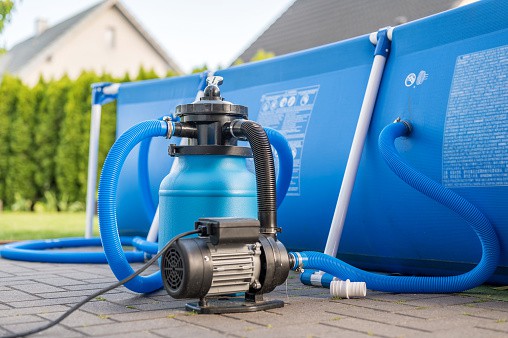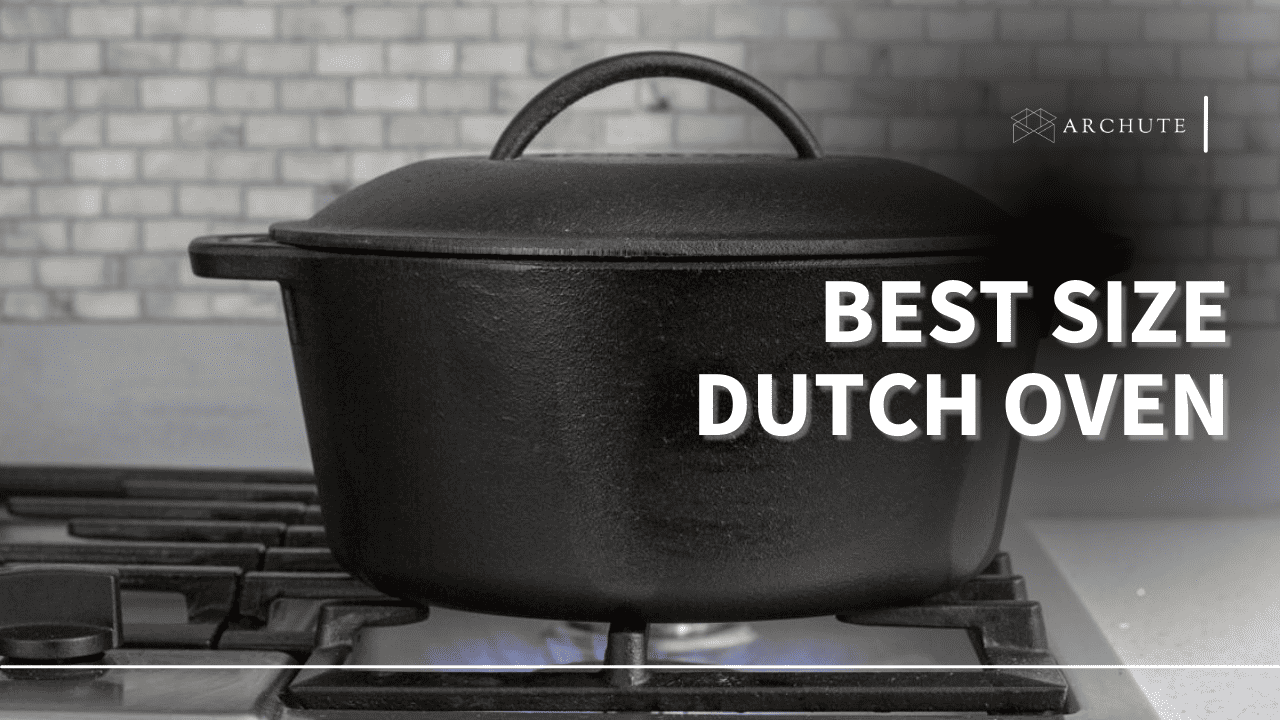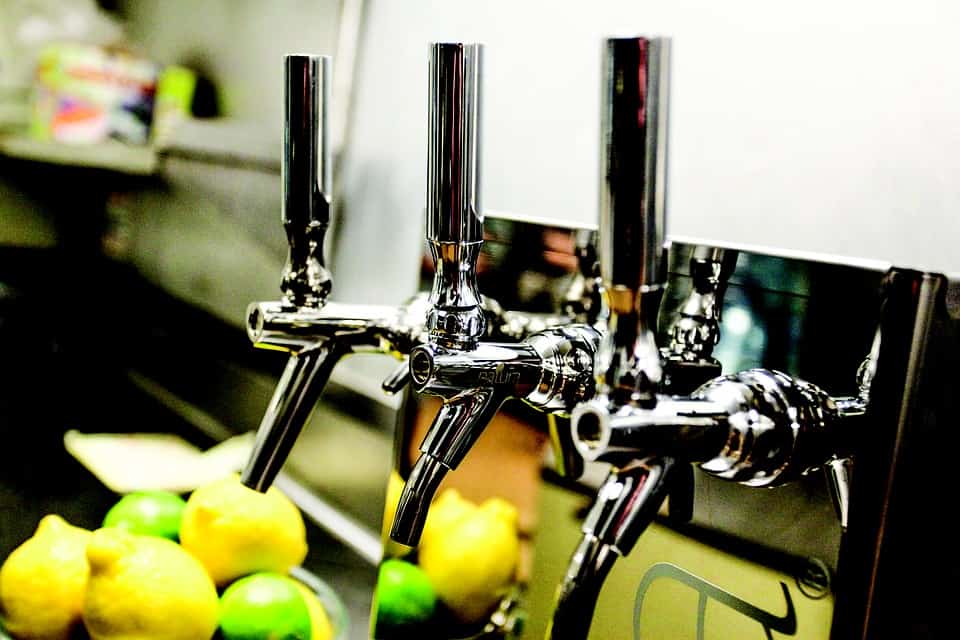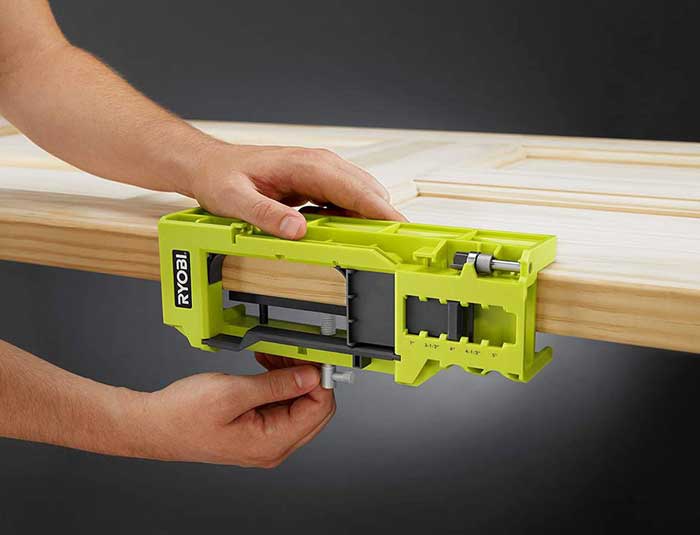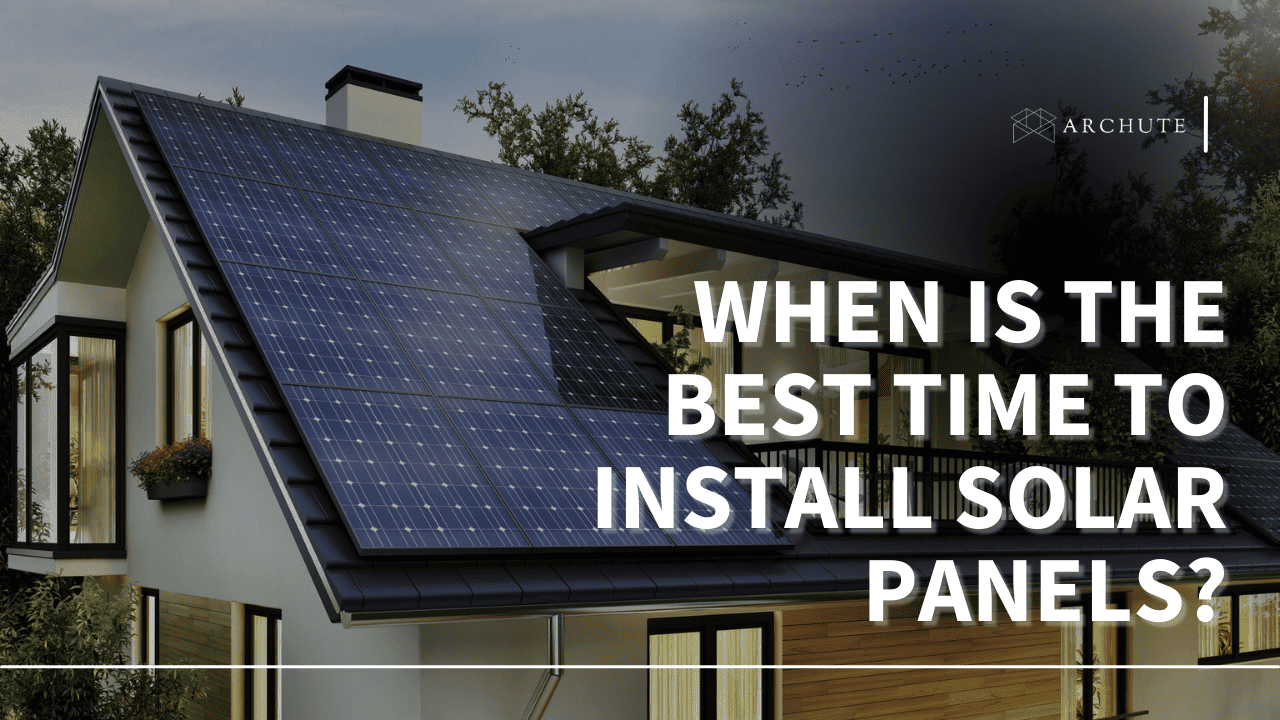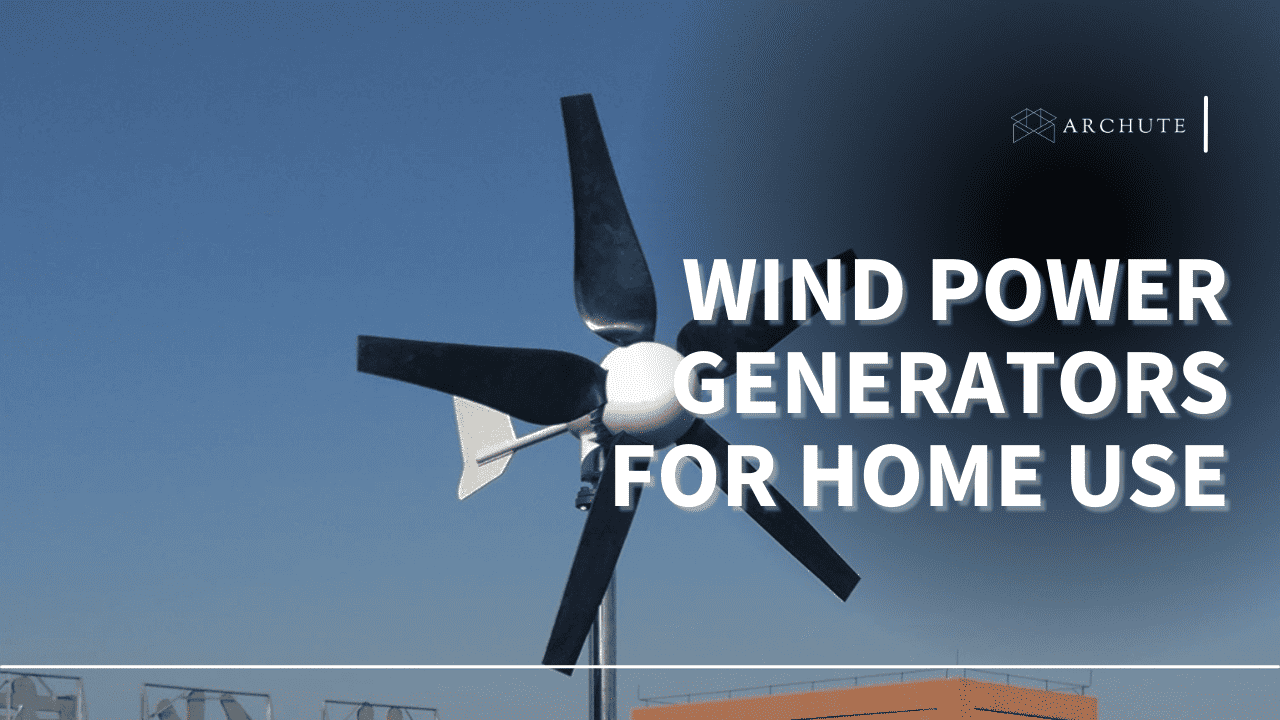Will solar panels work on an east-facing roof? Yes! The orientation exposes them to direct sunlight. Since solar panels are mostly installed on roofs, it matters which direction the roof faces for maximum solar electricity production. Still, you can install solar panels on a majority of roofs.
Even though it is recommended that you put solar panels south-facing to generate the most electricity, sometimes installers do not have much choice. They work with the direction of the roof pitch that is available. This is encouraging to anyone who would like to invest in renewable energy.
Which Direction Should My Roof Face?
The sun has a path that it follows as the Earth orbits around it. It is known as an elliptical orbit. This path affects the length of daytime and the amount of sunlight received at different times in each season. The Earth’s tilted axis is responsible for these seasons. It also determines the angle and direction of the sun, which impacts the amount of sun rays that solar panels capture.
The sun’s position is a major factor in the performance of solar systems here on Earth. In the northern hemisphere, the sun moves in the southern part of the sky over the year. Similarly, it is seen to move in the northern part of the sky in the southern hemisphere. Thus, the direction and angle of solar panels will impact the amount of solar power they produce in different parts of the world.
Image Source: pbslearning media.org
When installing solar systems, solar experts are keen on the orientation. The direction of solar panels determines how much sunlight they receive daily. Of course, solar power output will be greater if the panels receive the most direct sunlight. We will discuss different orientations below.
Image Source: moneysavingexpert.com
a) South-Facing Orientation
This orientation is ideal for homes in the northern hemisphere. Solar panels in these locations can face either south, east, or west. Of course, the sun rises in the east, travels across the south, and eventually sets in the west. Hence, they end up capturing the most direct sunlight.
Image Source: energyd.ie
The solar power systems in these locations have the potential to generate different amounts of solar electricity throughout the day. Therefore, the system maximizes solar power generated and the load handled by solar energy on a daily basis. Do this by breaking down the high time of use rate so that the solar power generated can benefit homeowners. Hence, a household’s electricity usage will be based on when more electricity is generated.
A standard system on a south-facing roof is likely to generate 4,060kWh per year, comfortably covering the supply required for a household. The south-facing orientation is mainly recommended in the northern hemisphere.
b) East-Facing Orientation
An east-facing orientation is equally good because it is the first to start generating electricity from the early morning sun rays. They are also the first to stop electricity generation before noon when the sun changes direction. Solar panels installed in this orientation are ideal for a household that does most of its activities in the morning.
Nonetheless, the amount of solar power generated can be boosted using a solar array as opposed to solar panels. A solar array is a collection of solar units that are made up of many solar panels. It can be tailored to fit the energy needs of a solar homeowner.
Image Source: energyresearch.ucf.edu
c) West-Facing Orientation
West-facing panels also get to generate power but not as much as the south or east orientations. Solar panels facing west are normally the last to get sunlight because the sun is facing west during evening hours. It is suggested for those away from home during the day but available in the evening. The solar output during this period is high.
Image Source: greentechrenewables.com
d) East-West Split Orientation
An east-west split orientation is also possible. This orientation is recommended for houses in the northern hemispheres. In this solar panel direction, the east-facing solar panels take in light in the morning, while panels facing west are exposed to sunlight in the afternoon and evening. It gives room for a larger electricity production window.
Moreover, it allows a homeowner to have electricity throughout the day. Nevertheless, the amount of solar power generated is still low compared to energy generated by solar panels that face south.
Image Source: solarquotes.com.au
The quantity of electricity generated from combining these two orientations is significantly lower than that produced by the south-facing solar panels. The output is lower by about 15%-20%.
Image Source: nea.org.uk
e) North-Facing Orientation
A north-facing orientation is possible for houses located in particular parts of the world. Installing panels on a north-facing roof is recommended for homeowners living in the southern hemisphere. However, this orientation is not ideal because the amount of solar electricity the panels generate is low.
The panels are installed facing the southern hemisphere, which receives very little direct sunlight. Thus, investing in a solar array would help to maximize the amount of solar energy produced.
Which Is the Most Important Factor During Solar Panel Installation: The Orientation or Angle of Solar Panels?
Both solar panel orientation and angle affect the efficiency of a solar power system. During solar panel installation, a solar installer may be keen on ensuring that the angle of the panel is correct. Still, it is not the most important factor during installation; the correct orientation is what matters more.
The wrong orientation will mean that the panels are not exposed to enough sunlight during the day. This, in turn, negatively impacts the solar energy produced. Therefore, we can conclude that the wrong angle in a correct orientation will produce more energy than the right angle in a wrong orientation.
What Is the Best Direction for Solar Panels?
Image Source: solarquotes.com.au
Dissimilar orientations generate different amounts of solar power. The direction recommended for solar panels to face is south. This is because the panels receive direct sunlight throughout the day. In the northern hemisphere, the sun is in the southern half of the sky. Thus, the solar system generates the most electricity.
Solar homeowners who select this orientation enjoy solar energy throughout. They do not rely on grid electricity which would result in extra energy bills.
All in all, numerous other factors play a huge role in determining how much solar power is generated. The direction of the roof is not the only determinant, as you need to consider whether to get adjustable or fixed-placement solar panels.
Frequently Asked Questions
1. Does it matter which direction solar panels face?
It matters which direction solar panels face because of the amount of solar electricity they generate. The direction they face determines the amount of sunlight that the panels receive. Even though other factors, such as the number of panels, affect solar production.
2. Can solar panels be installed on an east-west-facing roof?
Solar panels can be installed on east-west facing roofs and still generate significant electricity. In the morning, panels on the east-facing roof space will receive sunlight, while those on the west-facing roofs will get direct sunlight in the afternoon and evening.
3. Why do solar panels on a roof facing east require net metering?
Solar electricity generated from an east-facing roof may be about 15%-20% less than that generated by south-facing panels. As a result, a solar homeowner may also use grid electricity to supplement power.
Image Source: solaflect.com
During billing, the concept of net metering is used. The homeowner receives electricity bills based on their energy usage. They pay for the extra grid electricity consumed after solar electricity is depleted.
4. What happens when an east-facing solar orientation doesn’t have net metering?
Solar homeowners with an east-facing orientation and who do not have net metering use grid electricity. Since panels facing east generate electricity in the morning, most of it goes to waste because homeowners are not home during the day.
Once they return, there’s very little solar power being produced. Thus, their grid electricity usage is high, and their energy bills also increase.
5. What is the downside of an east-facing roof pitch?
Solar systems facing east generate power like the rest of the orientations. However, the output is not the same. For the east-facing panels, the electricity generated is about 15%-20% less than that generated by south-facing panels. This is because solar panels only get sunlight from morning to around midday.
Additionally, solar system owners get to spend more on electricity bills. They use grid power because the power generated by east-facing orientation is low during evening hours; they generate less electricity during this period.

